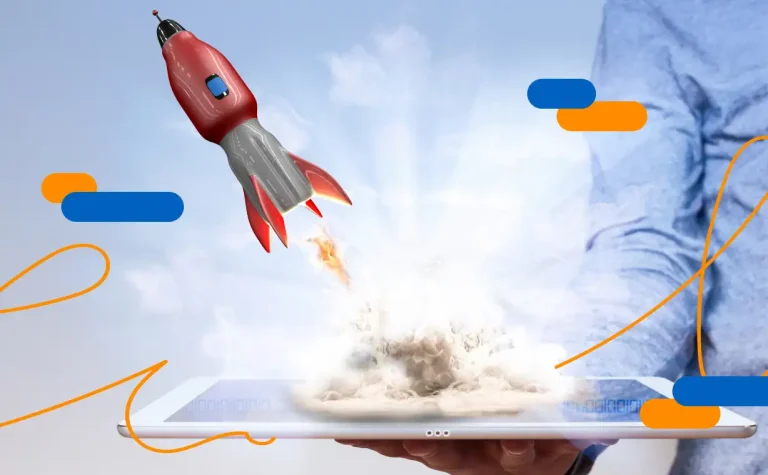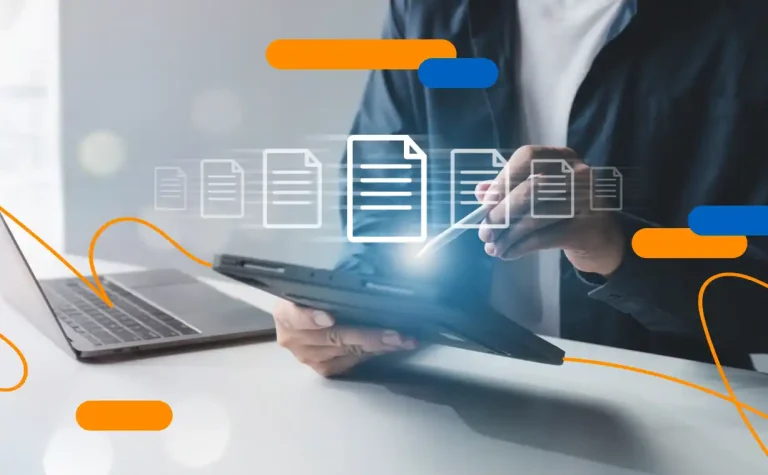Are you an entrepreneur or a company manager? Keep reading—this article may interest you. Today we bring you 7 key uses of the digital signature beyond tax returns.
Digital transformation and legal framework
Digital transformation is already a reality, but not all companies are evolving at the same pace. While some have fully adapted, others only take steps when required by law: filing taxes, dealing with Social Security, or sending invoices to the Public Administration.
To accelerate this shift, Europe has developed the eIDAS regulation, which defines the legal framework for digital transactions and establishes three types of electronic signatures:
- Qualified Electronic Signature: has the same validity as a handwritten signature.
- Advanced Electronic Signature: legally valid if linked to a unique, identifiable signer and generated by a secure application.
- Simple Electronic Signature (biometric): not valid on its own, unless supported by irrefutable evidence of signer identity.
Choosing a solution that complies with eIDAS is essential to guarantee full legal validity in business and personal use.
7 main uses of the digital signature
Informed consent in healthcare
Hospitals and clinics handle highly sensitive data and multiple authorization processes. Electronic signatures streamline patient admissions, ensure secure handling of information, and improve user experience.
Closing agreements anywhere
With digital signatures, you can sign contracts remotely—no need to travel or send documents by courier. Agreements become faster, safer, and more cost-efficient.

Signing commercial contracts on the go
Whether at trade fairs, airports, or during sales visits, digital signatures replace brochures, photocopies, and manual forms. This is particularly useful in high-mobility sectors.
Electronic invoicing
Even if not always mandatory in Spain, electronic invoices simplify procedures, reduce costs in shipping and storage, and enhance corporate transparency.
Improving employee efficiency
Empower teams to work from any device or location. Digital signature solutions eliminate unnecessary trips and streamline daily operations.

Government procurement
Public tenders can be managed fully online—from document submission to evaluation and final decisions. This reduces bureaucracy, saves resources, and promotes sustainability.
Task delegation
With platforms like Viafirma Inbox, tasks and signatures can be delegated within teams. This optimizes resources and ensures continuity in business processes.
These uses of the digital signature go far beyond tax compliance. By integrating eSignature solutions, companies gain agility, security, and efficiency, all while aligning with the digital transformation goals set by the European Union.



